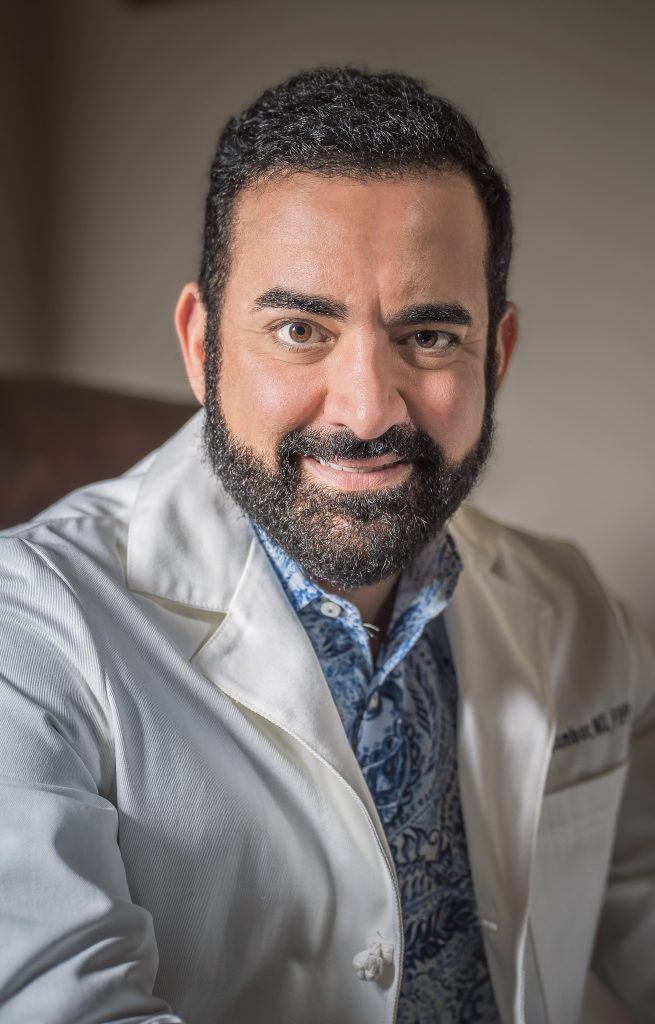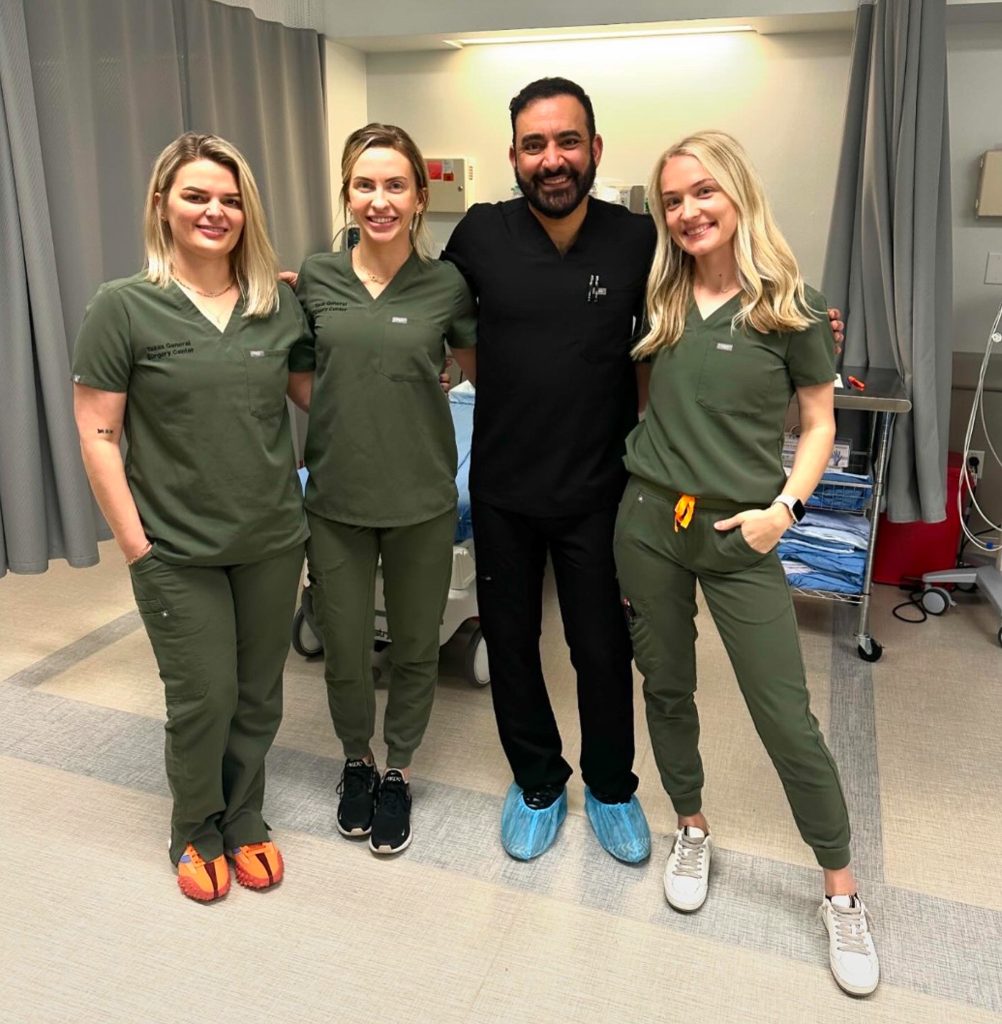Back Pain Therapy in Allen Tx.
Top-Ranked Back Pain Treatment in Allen, TX
Get Relief Now
Struggling with Back Pain? You’re Not Alone
If back pain is slowing you down, Nortex Spine & Joint in Allen, TX, is here to help. Whether you’re dealing with chronic discomfort, sudden injuries, or mobility issues, our expert team, led by Dr. Oliver Ghalambor and Dr. Aboul-Fettouh, specializes in cutting-edge back pain treatments designed to get you moving pain-free.
Meet Allen’s Leading Back Pain Specialists
Dr. Oliver Ghalambor is a highly experienced orthopedic surgeon with over 20 years of expertise in spine and musculoskeletal conditions. His innovative approach ensures targeted solutions for lasting relief.
Dr. Aboul-Fettouh is a leading pain management specialist who blends advanced treatments with personalized care to help you regain comfort and function.


Common Causes of Back Pain We Treat
Herniated discs occur when spinal discs bulge or rupture, pressing on nerves and causing sharp pain. We offer non-surgical and minimally invasive solutions to relieve pressure and restore movement.
Degenerative disc disease results from age-related wear and tear, leading to stiffness and pain. Our regenerative therapies and rehabilitation plans help restore spine health.
Sciatica is often characterized by shooting pain from the lower back down the legs. Our expert nerve treatments and therapy plans bring relief by reducing inflammation and nerve irritation.
Here are more common causes of back pain in Allen Tx.
Advanced Treatment Options for Lasting Relief
At Nortex Spine & Joint, we believe in customized care—because no two spines are the same. Our comprehensive back pain solutions include:
Physical therapy and rehabilitation to strengthen the muscles that support the spine with a customized exercise plan for long-term relief. PRP Therapy for Back Pain.
Medication management offering targeted anti-inflammatory and pain relief solutions tailored to each patient’s unique needs.
Minimally invasive procedures such as epidural steroid injections and nerve blocks for severe cases, providing fast and effective pain relief without the need for back surgery.
Frequently Asked Questions About Back Pain Therapy
We offer:
- Physical therapy to strengthen muscles and improve posture.
- Chiropractic care for spinal adjustments.
- Epidural steroid injections to reduce inflammation.
- Radiofrequency ablation for long-term pain relief.
- PRP (Platelet-Rich Plasma) therapy to promote healing.
- Minimally invasive procedures like nerve blocks and spinal cord stimulation.
Why Nortex Spine & Joint is Allen’s Top Choice for Back Pain Treatment
Our experienced specialists are board-certified experts in orthopedics, pain management, and spine health.We provide comprehensive care from diagnosis to treatment and rehabilitation, offering a one-stop solution for back pain. Our patient-centered approach ensures that every treatment plan is tailored to the individual, focusing on long-term relief and improved mobility.
Take the First Step Toward a Pain-Free Life
Don’t let back pain control your life. Get expert back pain treatment in Allen, TX, today. Call us now or request an appointment to start your journey toward relief. Schedule your consultation today and take the first step toward a healthier, pain-free future.
Nortex Back Pain Treatment Allen Tx Location
Back Pain Treatment Allen Tx. Articles

Expert Solutions: Treating Top Back Pain Conditions
Welcome to our comprehensive guide on managing back pain, meticulously crafted by our team at Nortex Spine & Joint Institute. For those in Allen, McKinney,

Types of Back Pain Doctors: Which One Do You Need?
Navigating the complex world of back pain treatment can be daunting, but understanding the different types of back pain doctors is key to finding relief.

Cost and Insurance Considerations for Back Pain Treatment
When it comes to seeking treatment for back pain, one of the main concerns many individuals have is the financial aspect. Just as it’s crucial


